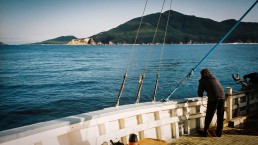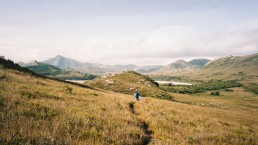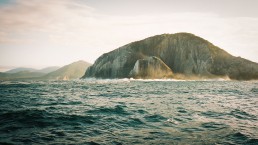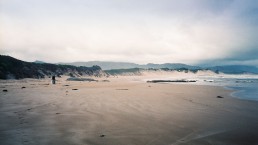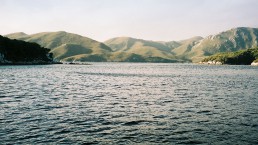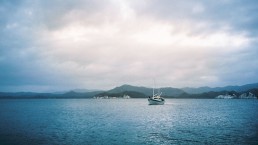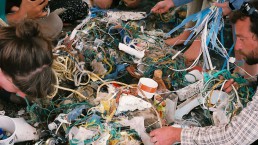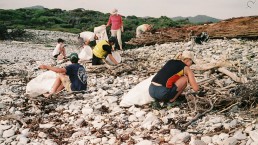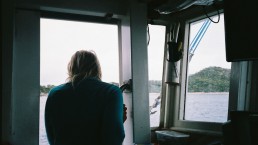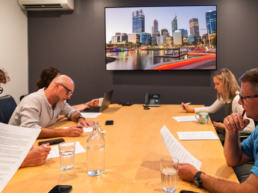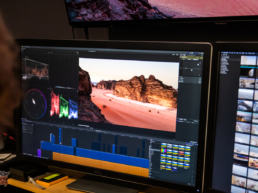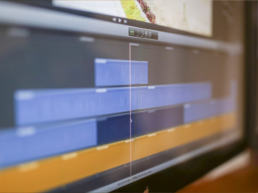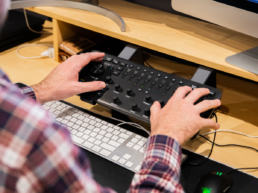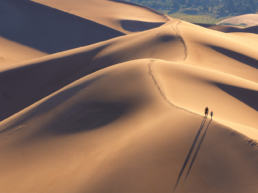We hear a lot from our photographers on the road, but many of our writers are also passionate travelers and adventurers.
Here’s a guest post from Pip Jones, one of our writers who recently returned from a trip to one of the remotest parts of Tasmania as part of the Southwest Marine Debris Cleanup. You can find out more about this amazing project here.
Last Monday I returned from one of Australia’s remotest wilderness areas, the World Heritage protected South West Coast of Tasmania. Having grown up on Tassie’s northwest coast, the wild and pristine temperate rainforests of the southwest were places I’d heard about, but never expected to see. Uninhabited save for a couple of outlying communities and the odd hiker, the southwest is mountainous, rugged and virtually impenetrable.
My opportunity to see this remote region came when I volunteered to join the annual Southwest Marine Debris Cleanup. The project has been running annually since 1999 as a response by local fishermen, surfers and environmentalists to the overwhelming waves of rubbish that course around the gyres and currents of the oceans and wash ashore in this area. With a small fleet of fishing boats, rubbish bags and a few keen sets of eyes, the project aims to collect, document and analyse the monumental amount of rubbish that ends up in this internationally recognised World Heritage Area, potentially saving this delicate ecosystem and the lives of thousands of seabirds and marine mammals.
Sailing out of Dover and the D’Entrecasteaux Channel in Tasmania’s southeast, we ventured beyond the southernmost tip of mainland Tasmania and journeyed north along the southwest coast. Piling into a couple of rubber dinghies, we set out for a different beach every day and were treated to sights of some of the southwest coast’s most remarkable landscapes. Some beaches were framed by colossal crags of quartzite, others by rolling reef swell, the bowed branches of manuka tea trees or mountain-like sand dunes topped with the pearlescent shell remnants of Aboriginal middens.
After combing each beach, we’d save a little time for a quick surf and a snack on some freshly caught Southern Bluefin Tuna sashimi before returning to the boats to count every piece of rubbish. The final count broke the project’s record, totalling at 80,694 pieces. Within this two-tonne haul were masses of rope, nets and commercial fishing debris, as well as thousands of plastic bottles, aluminium cans, food packages and glass bottles, some with labels written in Japanese, Korean – even Spanish! After safely bringing this cargo back to Hobart, much of the rubbish was repurposed and recycled.
While I’ve probably already lost my sea legs, I haven’t lost my ability to spot a stray plastic bottle from 50 metres. I’ll continue to comb the parks and reserves around my home in Melbourne, because you can’t know how far a small piece of plastic might go in the destruction our environment.
(And in case you are wondering about the photos – they were shot on film…)

